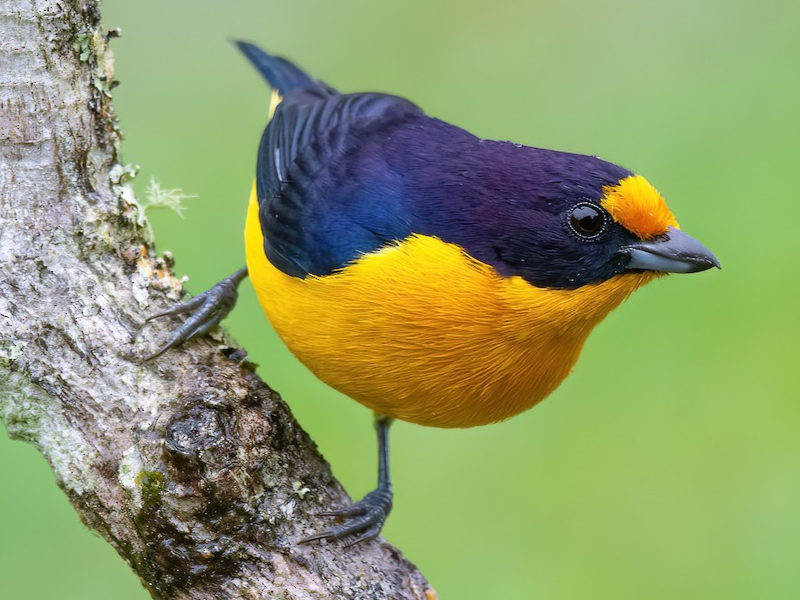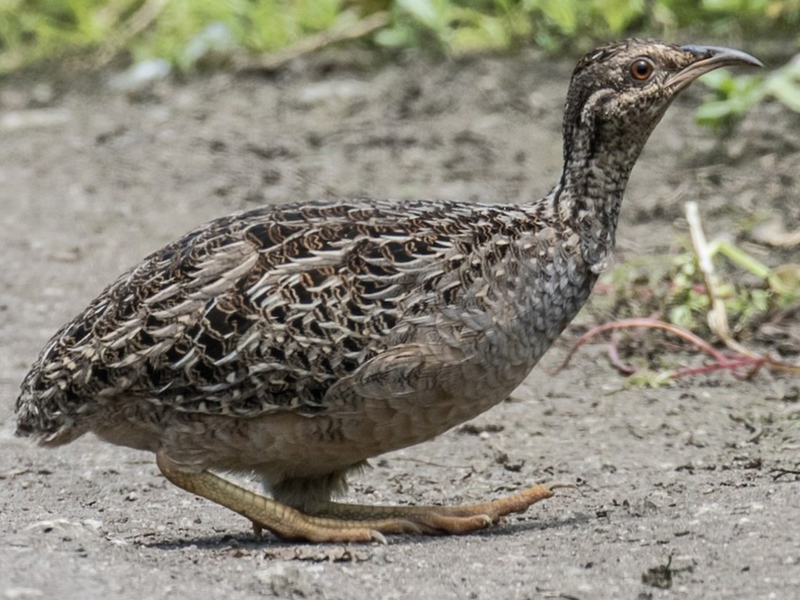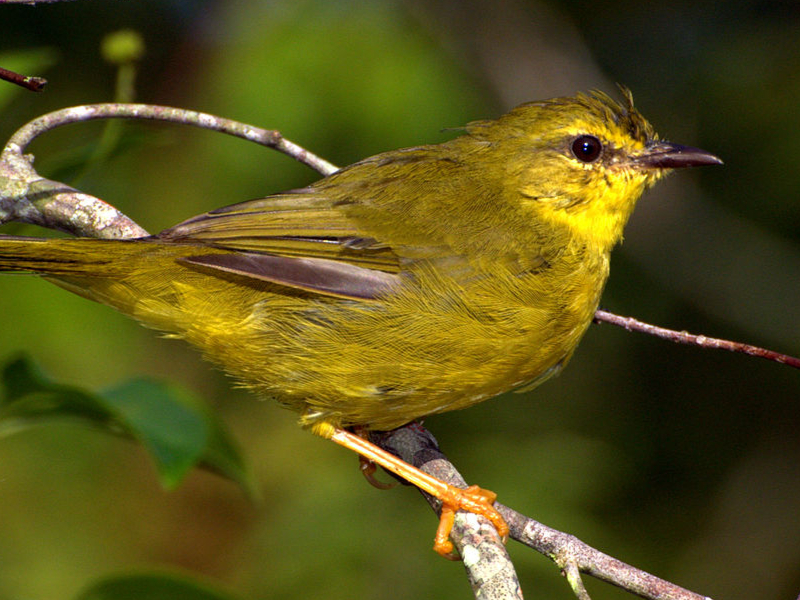Manu National Park Tours, Manu Jungle Trip, Manu Jungle Tours,
OPENING TIMES: Mon. – Fri. 9 am until 5 pm | +51 916 868 685 – +51 923 550 012 | info@amazonnatureperu.com
OPENING TIMES: Mon. – Fri. 9 am until 5 pm | +51 916 868 685 – +51 923 550 012 | info@amazonnatureperu.com
Home » Manu Birding & Photography Tours – 7 Days / 6 Nights
Manu Birding & Photography Tours – 7 Days / 6 Nights
- Price: USD$ 2800.00 per person (minimum 2 participants)
- Location: Manu National Park
- Frenquency: Departures 6 days a week.
- Physical Difficulty: Moderate to challenging (levels 1 to 5).
Embark on an unparalleled 7-day, 6-night Birding & Photography Experience in Manu National Park, a dream destination for avian enthusiasts and wildlife photographers. This meticulously crafted tour takes you through an extraordinary altitudinal gradient, from high Andean wetlands to the rich lowland rainforest, maximizing your chances to observe and photograph a breathtaking diversity of bird species, including endemics, rare finds, and iconic jungle inhabitants. With specialized hides, feeders, and expert guides, you’ll capture stunning images and deepen your appreciation for Manu’s avian wonders.
Itinerary:
Day 1: Cusco – Wayqecha Biological Station
Very early, we depart from Cusco in our private minivan towards the cloud forest of Manu. Our first stop will be at Huacarpay Lagoon, a high Andean wetland ideal for spotting species such as the endemic Bearded Mountaineer and Rusty-fronted Canastero, in addition to ducks, grebes, herons, and various species of hummingbirds and raptors. Further along, we make a special stop at a natural setting carefully prepared for hummingbird observation and photography. Here, amidst vegetation full of native flowers, we'll have the opportunity to photograph up close species like the Giant Hummingbird, Sparkling Violetear, Tyrian Metaltail, and other Andean species that actively visit the nectar, offering spectacular scenes in flight and at rest. We continue ascending towards the Acjanaco Pass, the entrance to Manu National Park. We will begin our descent along the eastern slopes of the Andes, with the possibility of observing Canasteros, Tapaculos, Mountain Tanagers, the Grey-breasted Mountain Toucan, Collared Jay, and much more. At dusk, we visit a strategic point to try and observe the elusive Swallow-tailed Nightjar in one of its frequent locations.,Day 2: Wayqecha Biological Station
Today, we fully immerse ourselves in the richness of the high montane forest. Very early, we set out to explore the trails around the biological station, surrounded by a misty environment of mosses and trees covered in epiphytes. Here, the priority is to search for and photograph specialized species in this unique Andean habitat. With patience, we search for the elusive Red-and-White Antpitta, which usually sings at dawn. We walk along well-maintained trails, where the Grey-breasted Mountain Toucan, Collared Jay, and Mountain Cacique may also appear. Forest edges are excellent for spotting Andean Guan, Marcapata Spinetail (endemic), Crimson-mantled Woodpecker, and White-throated Tyrannulet. The diversity of hummingbirds is also notable, with species such as Chestnut-breasted Coronet, Amethyst-throated Sunangel, Purple-backed Thornbill, and Scaled Metaltail visiting wildflowers and resting areas. During the afternoon, we continue exploring new routes within the station, attentive to mixed flocks and difficult birds like the Ochraceous-breasted Flycatcher, Barred Fruiteater, and White-throated Antpitta. This is one of the best sites to observe understory birds in their natural habitat, away from busy roads. We close the day with an optional sunset walk in search of crepuscular species like the Swallow-tailed Nightjar.,Day 3: Wayqecha Biological Station – Cock of the Rock Lodge
We begin an early descent from the montane forests of Wayqecha, gradually crossing different ecological zones, making up one of the most biodiverse stretches on the planet. Throughout the day, we will make several strategic stops to observe emblematic species of the cloud forest. Among the most notable are the Golden-headed Quetzal, Highland Motmot, Versicolored Barbet, Blue-banded Toucanet, and the elusive Black-streaked Puffbird. We will also have the opportunity to see furnariids like the Bar-bellied Woodcreeper and the Spotted Barbtail, as well as flycatchers like the Golden-crowned Flycatcher and the Bolivian Tyrannulet. In this section, mixed flocks are often abundant and varied, with White-crowned Tapaculo, Yellow-throated Tanager, Common Hemispingus, and various tanager species. Raptors also make an appearance: the powerful Black-and-chestnut Eagle, the elusive Solitary Eagle, and the elegant White-throated Hawk might soar over forest clearings. In the afternoon, we arrive at the Cock of the Rock Lodge, surrounded by an ideal environment for hummingbird photography. The lodge's feeders attract species such as the Wire-crested Thorntail, Booted Racket-tail, Violet-fronted Brilliant, Fawn-breasted Brilliant, Green Hermit, Sparkling Violetear, and many more, providing excellent opportunities to capture crisp images of these winged jewels. At dusk, we'll have the option to take a nocturnal outing to observe owls like the Rufescent Screech-Owl, Vermiculated Screech-Owl, Band-bellied Owl, and the Rufous-banded Owl, adding excitement to this exceptional day.,Day 4: Cock of the Rock Lodge
Today, we will dedicate the entire day to exploring the vicinity of the lodge and its forests, a privileged area of the cloud forest edge that harbors remarkable diversity of endemic and rare species. First thing in the morning, we will visit the lek of the emblematic Peruvian Cock-of-the-Rock (Rupicola peruviana), where males display their bright orange plumage and perform vocal and physical displays to attract females—a unique spectacle to observe and photograph. Afterward, we will explore the lodge's trails and the main road, where we will search for understory species such as the Chestnut-breasted Wren, Scaled Antpitta, Short-tailed Antthrush, Rufous-breasted Antthrush, Slaty Gnateater, and the endemic Cerulean-capped Manakin. We might also find the discreet Montane Foliage-gleaner, Uniform Antshrike, and Variable Antshrike. In the canopy and forest edges, we can observe frugivorous birds like the Chestnut-crested Cotinga, Scaled Fruiteater, Amazonian Umbrellabird, and the Saffron-crowned Tanager, as well as hummingbirds such as Peruvian Piedtail (endemic), Bronzy Inca, and Many-spotted Hummingbird. During the afternoon, we will continue with walks and waits at strategic points to try and spot species like White-throated Spadebill, Fulvous-breasted Flatbill, Yellow-rumped Antwren, Slaty Antwren, Deep-blue Flowerpiercer, Inca Flycatcher (endemic), and other species characteristic of this altitudinal range. Bird photography will be favored by the quality of light filtering through the vegetation, as well as by the observation points close to the lodge.,Day 5: Cock of the Rock Lodge – Bamboo Lodge
Very early, after breakfast, we leave Cock of the Rock Lodge and continue descending along the road towards lower forests. During the journey, we will make several strategic stops to observe birds characteristic of the Amazonian foothills. We will be attentive to species such as the Golden-collared Toucanet, Plum-throated Cotinga, Black-faced Dacnis, White-fronted Nunbird, Bluish-fronted Jacamar, Yellow-billed Nunbird, and Yellow-crested Tanager. There are also good chances of observing the elusive Rufous-vented Ground-Cuckoo if we are lucky and vigilant. We will arrive at Bamboo Lodge, located at the transition between the eastern Andes and the lowland jungle, surrounded by regenerating secondary forests and patches of primary forest. This mixed habitat provides a great diversity of species, and is especially known for the presence of the Bamboo Antshrike, Goeldi's Antbird, Dusky-cheeked Foliage-gleaner, and White-lined Antbird, all associated with the dense Guadua bamboo that dominates parts of the forest. In the afternoon, we will take walks along the lodge's trails to continue birdwatching for species such as Red-billed Scythebill, Rufous-capped Nunlet, Chestnut-backed Antshrike, Black-backed Tody-Flycatcher, and Stripe-chested Antwren. The song of the Rufous-fronted Antthrush is frequent, and we might manage to see it with patience. At dusk, if conditions permit, we will go in search of nocturnal birds such as the Mottled Owl, Crested Owl, or one of the Potoos. Overnight at Bamboo Lodge.,Day 6: Bamboo Lodge – Hummingbird Conservation Center Visit
We start the day at dawn with a walk around Bamboo Lodge, exploring lowland jungle areas and bamboo patches, ideal habitats for highly specialized birds. In this environment, we'll have the opportunity to observe species such as the Rufous-fronted Antthrush, White-lined Antbird, Goeldi's Antbird, Bamboo Antshrike, Bluish-slate Antshrike, Striated Antbird, Long-tailed Woodcreeper, and the elusive Manu Antbird, among others. The morning atmosphere, with the jungle still covered in mist and active bird songs, offers a perfect setting for observation and photography. After breakfast, we will head to a hummingbird conservation center, where specially designed gardens attract numerous species of these birds. In this transitional environment between lowland jungle and secondary forest, it will be possible to observe and photograph hummingbirds such as the Crested Coquette, Black-bellied Thorntail, Violet-headed Hummingbird, Gray-breasted Sabrewing, White-necked Jacobin, Gould’s Jewelfront, and the Fork-tailed Woodnymph, among other species that sparkle under natural light. In the afternoon, we will explore the surroundings of the center, walking along trails that border streams, natural clearings, and secondary vegetation areas, where birds such as the Yellow-browed Tody-Flycatcher, Golden-bellied Euphonia, Fiery-capped Manakin, Ruddy-tailed Flycatcher, Black-faced Dacnis, and the vocal Yellow-rumped Cacique are often found, frequently seen among fruit trees. As night falls, we will go on a night walk in search of species such as the Mottled Owl, Tawny-bellied Screech-Owl, Great Potoo, and the always present Common Pauraque. We will end the day resting at the cozy Bamboo Lodge, surrounded by the deep sounds of the jungle.,Day 7: Bamboo Lodge – Cusco
Very early, we will take a brief walk around the lodge for a last opportunity for bird observation at dawn. After breakfast, we will begin the return journey to Cusco in our private minivan. Arrival in the city in the afternoon.What's Included
- Private Transportation (bus and boat)
- All necessary equipment (chair, Mosquito nets, tables, mattress, rubber boots, rain poncho)
- Professional bilingual local guide (well-equipped with guiding gear)
- Mineral water
- First aid including Antivenomous for snake bites
- 3 meals per day; included vegetarian, vegan, pescatarian options
- Midmorning daily snacks (biscuits, candy, fresh fruit, juice)
- Professional Cook
- Entrance to Cock of the Rock (Lek)
- Entrance to Bamboo Lodge
- Entrance to Cock of the Rock Lodge
- Entrance fee to Manu National Park
- Entrance to Wayquecha Biological Station
- And much more.
What you need to take: VERY IMPORTANT
- Repellent with a minimum of 25% DEET
- Camera with spare batteries for many days
- Binoculars 10X42(you can rent with us)
- Powerful long-range flashlights with extra batteries.
- Waterproof case, bags to protect your electronics and valuables
- Sun lotion,
- Pocket money
- Day pack, water bottle
- Battery charger for your electronic devices
- Sandals
- Extra toilette paper
- General Dark clothing (camouflage to see the wildlife) long sleeves shirts and long pants, , shorts, waterproof jackets Sun hat, small towel, Thick long socks, trekking shoes.
- All your personal hygiene needs
- A bit of money for staff tips
- No included the last dinner
2800
Book your tour
Tour price per person: USD
For reservations of 3 or more people, the price per person is special.
Total: USD
Pay with PayPal




